Retro Replay Review
Gameplay
Cold War places you squarely in the shoes of Matthew Carter, an investigative journalist thrust into the heart of Soviet intrigue. From the opening sequences in Moscow to the shadowed corridors of Lubyanka prison, the game emphasizes stealth over brute force. As Carter, you rely on environmental awareness and sound tactics to slip past patrols, distract KGB agents with improvised gadgets, and use your wits to progress without alerting every guard in the vicinity.
(HEY YOU!! We hope you enjoy! We try not to run ads. So basically, this is a very expensive hobby running this site. Please consider joining us for updates, forums, and more. Network w/ us to make some cash or friends while retro gaming, and you can win some free retro games for posting. Okay, carry on 👍)
The crafting system is a standout feature, enabling you to transform everyday items into makeshift weapons and tools. Finding scrap materials, batteries, and chemical reagents in offices or hidden lockers lets you assemble gas grenades, anesthesia darts, or noise-generating devices. These elements encourage exploration and reward resourcefulness, ensuring that every abandoned desk drawer or supply cabinet might hold the key to a safer escape or a pivotal diversion.
Combat is deliberately understated. As a journalist with no formal training, Carter’s melee attacks and pistol shots feel imprecise, reinforcing the game’s core message: you’re out of your depth. This balance pushes you toward silent takedowns and clever use of shadows, evoking the tense atmosphere of classic stealth titles like Splinter Cell and Thief. When alarms do blare, the heightened alert state forces you into improvisational tactics—ducking into vents, jury-ricking lock picks, or sprinting through maintenance tunnels.
Graphics
Visually, Cold War captures the grimy realism of 1986 Soviet cities. The developers have meticulously recreated crumbling facades, rain-slicked cobblestones, and dimly lit subway stations. Textures on brick walls, peeling posters of propaganda, and frosted windowpanes imbue each locale with authenticity, transporting players into a world teetering on the brink of political upheaval.
Character models strike a fine balance between stylized and lifelike. Matthew Carter’s scruffy appearance and worn coat contrast sharply with the crisp uniforms of KGB officers; each NPC animates with subtle idiosyncrasies, from the leisurely spin of a bored guard to the frantic radio chatter when alarms sound. Facial expressions during key dialogue moments convey tension and distrust, enhancing the sense that every conversation could be your last.
Lighting and shadow play are central to the stealth mechanics. Flickering fluorescent lights in government buildings cast long, shifting shadows that you can exploit to stay hidden. In contrast, harsh spotlights in interrogation rooms leave no place to hide, ratcheting up the jeopardy when you’re caught off guard. Weather effects—driving rain, drifting fog—add atmosphere and occasionally obscure vision, making each infiltration feel unique and unpredictable.
Story
The narrative thrust of Cold War hinges on Carter’s dogged pursuit of the truth. After exposing a KGB operation in Berlin, you arrive in Moscow only to be ambushed by anti-perestroika conspirators led by the fictional director Georgi Barinski. Swapping your innocuous camera for a lethal X-ray weapon, they frame you for an assassination attempt on Mikhail Gorbachev, erroneously labeled “president,” adding a layer of historical inaccuracy that’s compensated by the gripping conspiracy.
Imprisoned in the notorious Lubyanka stronghold, Carter meets Grushkov, a loyal presidential guard also ensnared by Barinski’s plot. Their partnership drives much of the mid-game narrative, blending espionage with reluctant camaraderie. Dialogues between the duo underscore their mutual distrust—Carter’s skepticism of official narratives versus Grushkov’s unwavering loyalty—fueling a dynamic that keeps players invested in every twist.
As you unravel the KGB radicals’ scheme to overthrow Gorbachev’s fragile reforms, missions seamlessly weave stealth segments with elaborate story beats. Secret files, recorded testimonies, and intercepted radio transmissions reveal layers of deception, ensuring that unearthing a single truth often exposes two more hidden agendas. The pacing remains taut, delivering a compelling crescendo as you penetrate Barinski’s inner circle and confront the ideological stakes of the era.
Overall Experience
Cold War succeeds in blending historical setting with classic stealth gameplay to craft a taut, immersive adventure. Its emphasis on non-lethal approaches and gadget crafting offers a refreshing counterpoint to firearms-driven shooters, rewarding patience and creativity. Each mission feels like a puzzle room layered with political intrigue, encouraging thorough exploration and careful planning.
Challenges arise when resource scarcity forces you to decide between stocking up on anesthesia darts or noise makers, introducing strategic trade-offs that heighten tension. Occasional difficulty spikes—such as relentless nighttime patrols or unpredictable guard routes—can frustrate stealth purists, but overcoming these hurdles yields a genuine sense of achievement and fuels your drive to see the story through to its conclusion.
For players seeking a narrative-rich, stealth-oriented journey set against the backdrop of late Cold War politics, Cold War delivers a memorable experience. Its atmospheric environments, complex characters, and layered conspiracies coalesce into an adventure that feels both grounded in a turbulent era and timeless in its themes of truth, loyalty, and survival under oppressive regimes.
 Retro Replay Retro Replay gaming reviews, news, emulation, geek stuff and more!
Retro Replay Retro Replay gaming reviews, news, emulation, geek stuff and more!

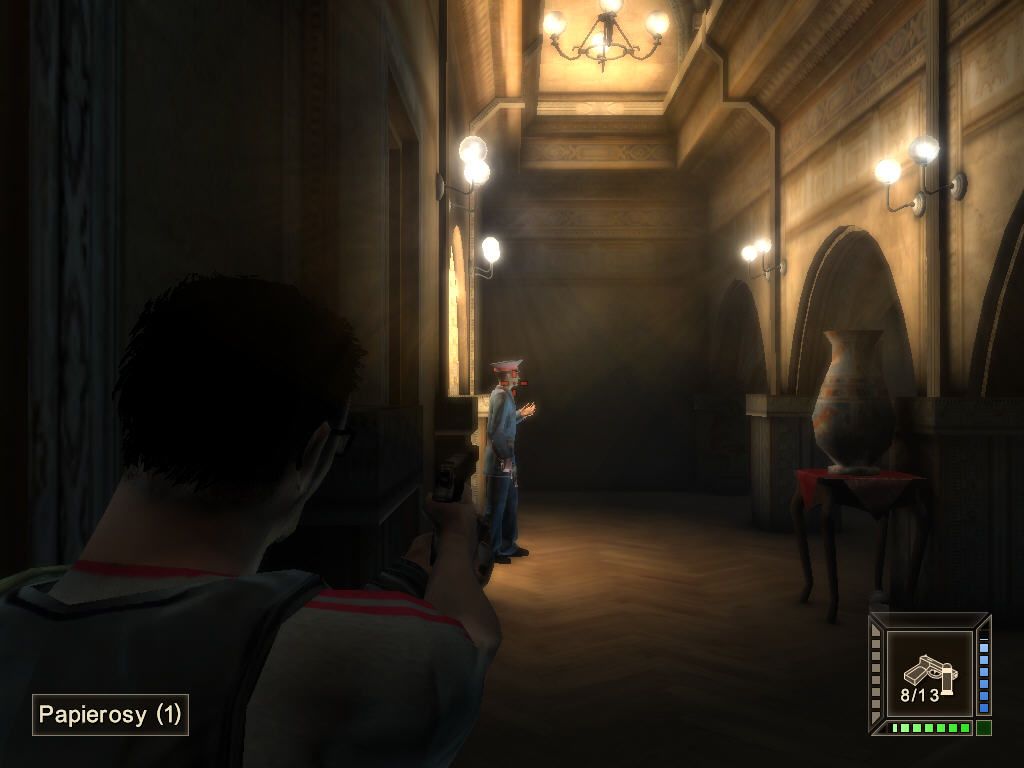

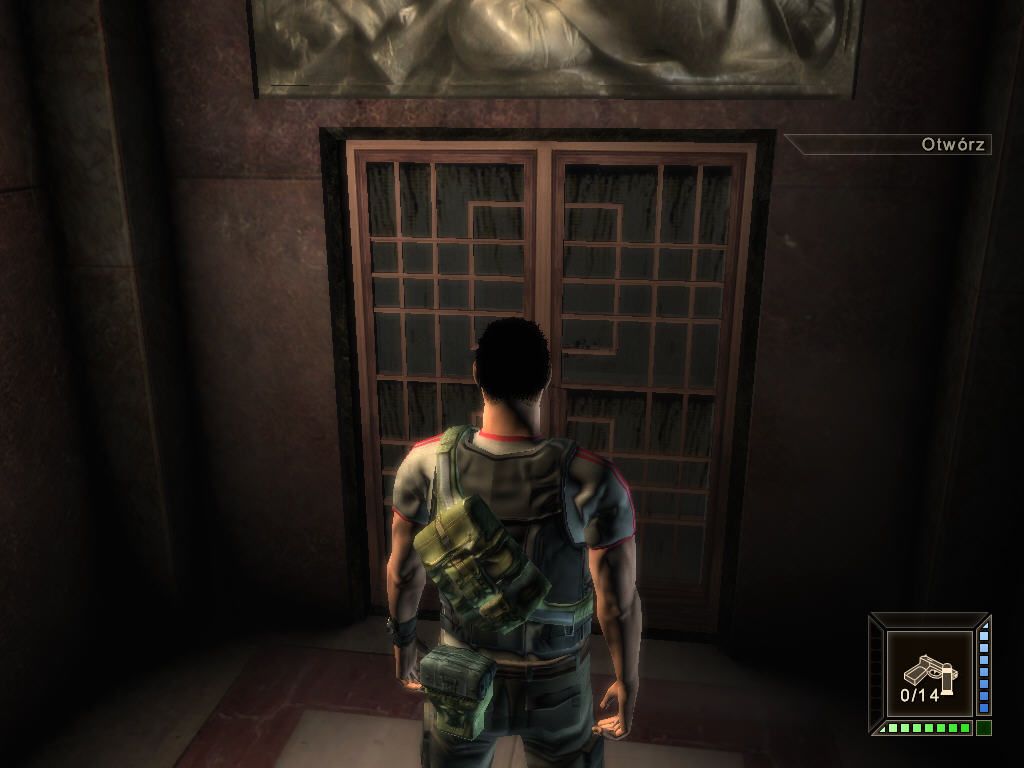
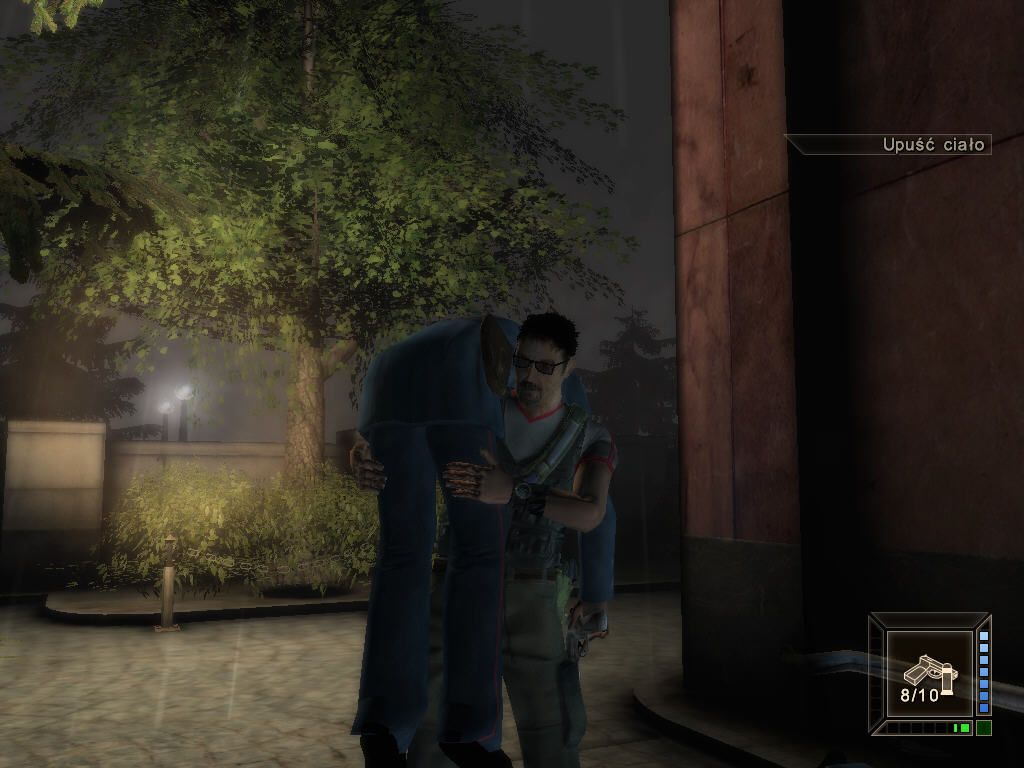
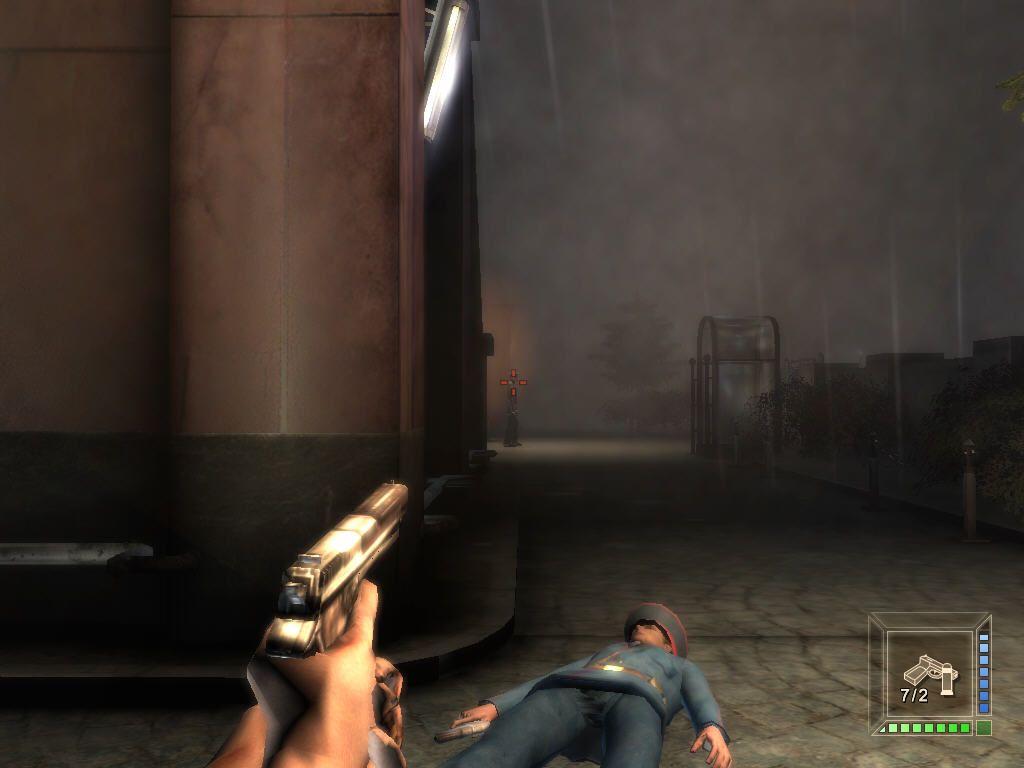

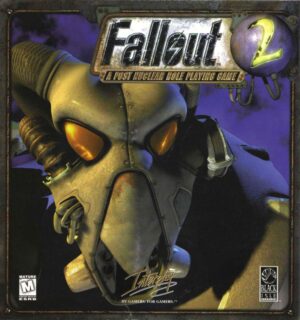

Reviews
There are no reviews yet.